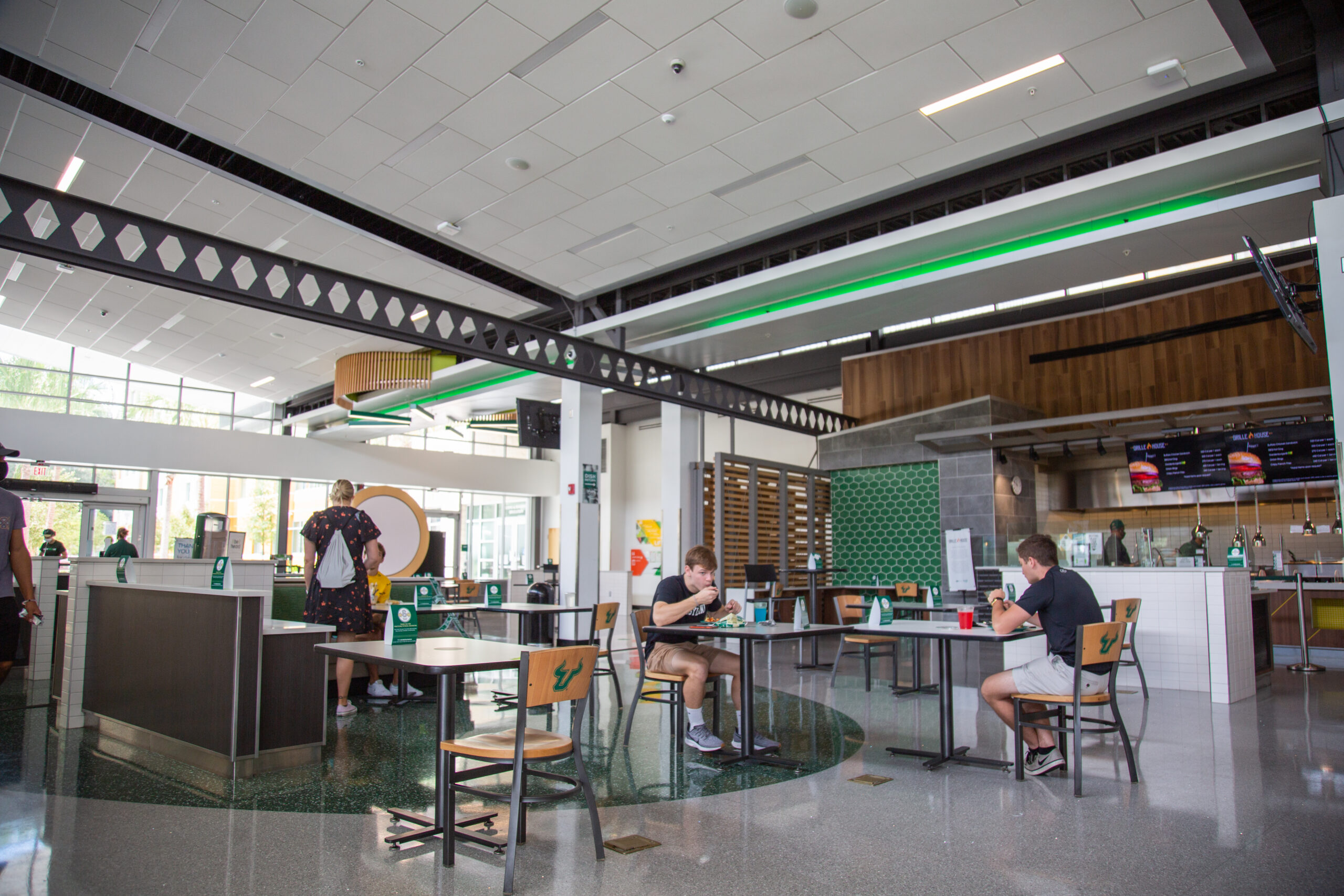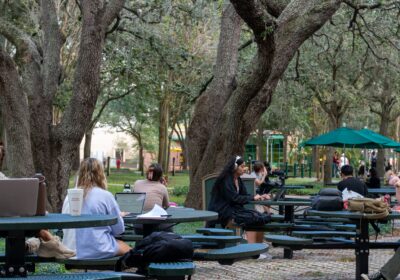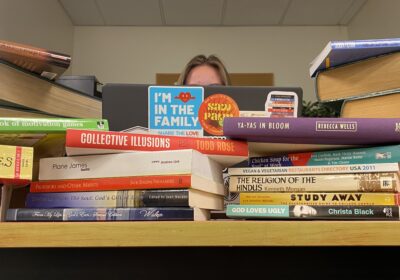OPINION: Pinellas County Schools are not prepared to reopen
Pinellas County Schools, with a total of 104,000 students, asked parents in early October if they wanted their students to return to classrooms for the second quarter — from the start of November to the end of December. About 14,000 decided they wanted their students to go back to school, according to an Oct. 12 Tampa Bay Times article.
Over 200,000 Americans have succumbed to COVID-19 since last March, as reported by the National Center for Health Statistics. However, the American Academy of Pediatrics has recorded only about 100 child and teenage COVID-19-related deaths since March.
These statistics have led state representatives and governors to push for schools to reopen and disregard the imminent threat that this could pose to children, parents and faculty involved as well as the rest of the American public. Pinellas County schools are not ready to reopen and will not be able to safely take in 14,000 more students.
On Oct. 9, the Pinellas school district reported a total of only 202 COVID-19 cases among staff and students since the school year started on Aug. 24, the Tampa Bay Times reported.
The question here is whether students are being thoroughly tested for COVID-19 or not. This number is less than 1% of Pinellas’ 104,000 students, which either shows a low spread of the virus or a complete ignorance of many possible asymptomatic cases.
As of Oct. 12, 655 USF students and faculty members have tested positive for COVID-19, according to The USF Oracle’s COVID-19 Dashboard. The university has taken steps to mitigate the spread, including administering daily symptom questionnaires, performing randomized testing of 10% of the population and abiding by general Centers for Disease Control and Prevention (CDC) guidelines.
Pinellas County Schools, on the other hand, does not test its students regularly for COVID-19, but rather only tests when students present mild to severe symptoms.
While it is possible the data could be accurate, it’s likely that the district is missing asymptomatic children who could unknowingly spread the virus to their families and staff.
Another factor that could induce an outbreak in Pinellas is the limited space each school has to teach students while maintaining 6-foot social distancing rules. If the county allows 14,000 students to join classrooms, it will be impossible for many CDC guidelines to be followed, which could result in a spike in cases that we cannot afford.
In the Tampa Bay Times article, Pinellas Classroom Teachers Association President Nancy Velardi expressed her concerns regarding social distancing violations if classrooms didn’t adjust accordingly to the addition of thousands of new students.
“Many of my teachers are saying their classes are already at [maximum capacity],” Velardi said. “How much closer are their desks going to get to each other?”
The risk of contagion from reopening public schools has been seen in other states which have seen outbreaks of the virus, affecting thousands of people and further disrupting the school year.
The New York Times reported in August that schools in Cherokee County, Georgia, opened Aug. 3 and nearly 1,200 students and staff members had to quarantine 10 days later.
Children aged 10-19 are just as likely as adults to spread the virus, according to a study conducted in July by the Korea CDC. This means that allowing students back into the classroom would put 50.7 million public school students at risk of spreading the virus to their families and friends, according to the National Center for Education Statistics. In other words, it would be a disaster.
Knowing that children are less likely to comply with CDC regulations like social distancing, wearing masks and practicing regular hygiene, the correct decision would be to wait until we are sure that the lives of students and their families are not at risk.
It is not yet the time to reopen Pinellas schools. School administrations should focus more on enhancing their online curriculums to provide quality education to their students safely rather than planning to return to in-person instruction at the risk of many American lives.






